Can You Grow Taro In A Pot – Container Grown Taro Care Guide
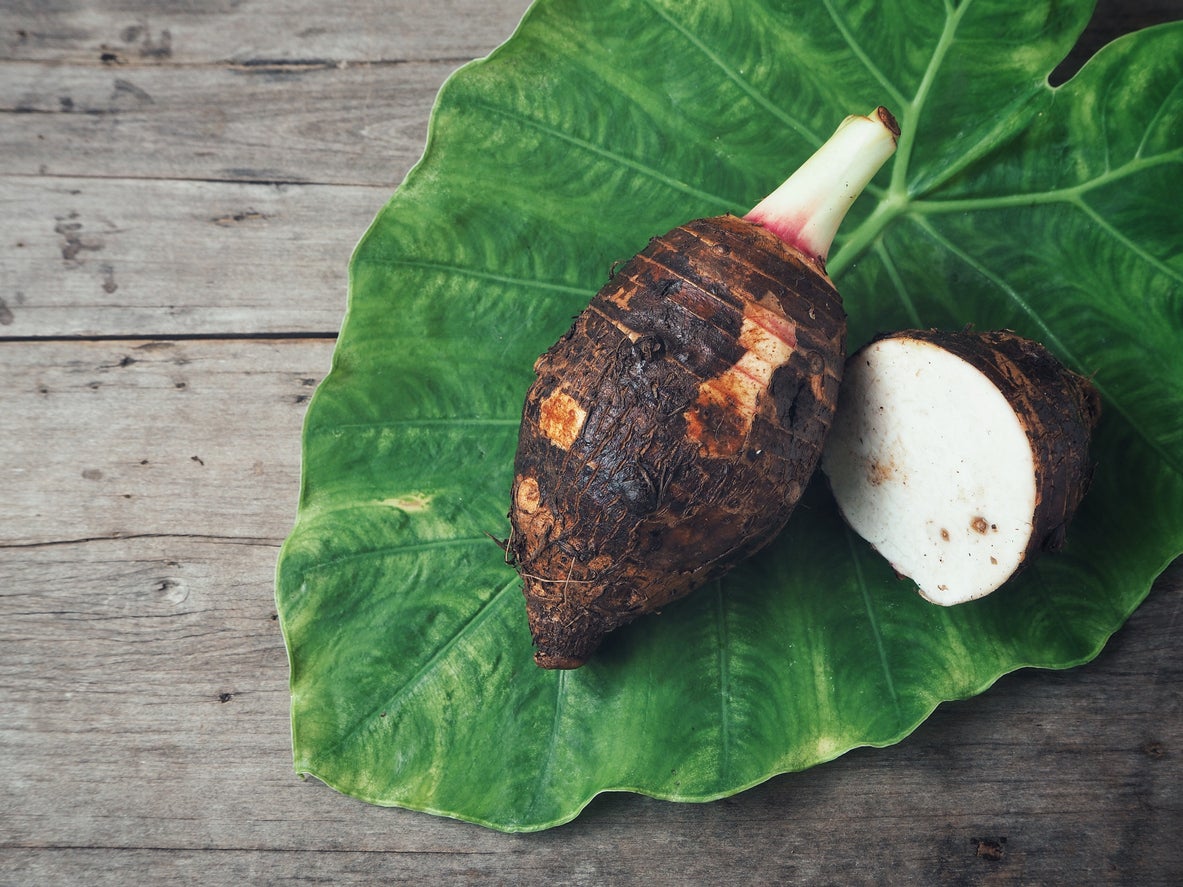

Taro is a water plant, but you don’t need a pond or wetlands in your backyard to grow it. You can successfully grow taro in containers if you do it right. You can grow this pretty tropical plant as an ornamental or harvest the roots and leaves to use in the kitchen. Either way they make great container plants.
About Taro in Planters
Taro is a perennial tropical and subtropical plant, also known as dasheen. It is native to south and southeast Asia but has been cultivated in many other areas, including Hawaii where it has become a dietary staple. The tuber of taro is starchy and a little sweet. You can cook it into a paste known as poi. You can also make flour out of the tuber or fry it to make chips. The leaves are best eaten when young and cooked to eliminate some of the bitterness.
Expect taro plants to grow at least 3 feet (1 m.) tall, although they can get up to 6 feet (2 m.) in height. They develop light green, large leaves that are heart-shaped. Each plant will grow one large tuber and several smaller ones.
How to Grow Taro in Planters
Growing taro in a pot is one way to enjoy this attractive plant without a pond or wetlands. Taro grows in water and it needs to be constantly wet, so don’t try to plant it in an area outside that never floods or only floods occasionally; it won’t work.
Container grown taro is potentially messy, so be prepared for that if you are growing indoors. Outside, this plant is hardy in zones 9 through 11. A five-gallon bucket is a good choice for holding a taro plant, as there are no drainage holes. Use soil that is rich, adding fertilizer if necessary; taro is a heavy feeder.
Fill the bucket with soil nearly to the top. A layer of pebbles or gravel for the last 2 inches (5 cm.) helps to keep mosquitoes at bay. Plant the taro in the soil, add the pebble layer, and then fill the bucket with water. As the water level drops, add more. Your potted taro plants need sun and warmth, so choose its spot carefully.
Keep in mind that nurseries often sell only decorative or ornamental taro, so if you want to grow it to eat the tubers, you may need to search online for plants. Expect it to take at least six months for a tuber you can eat to develop. You can also grow a plant from a tuber if you have one, like you would with a potato. Depending on where you live, taro may be considered invasive, so it’s smart to stick to container growing.
Gardening tips, videos, info and more delivered right to your inbox!
Sign up for the Gardening Know How newsletter today and receive a free copy of our e-book "How to Grow Delicious Tomatoes".

Mary Ellen Ellis has been gardening for over 20 years. With degrees in Chemistry and Biology, Mary Ellen's specialties are flowers, native plants, and herbs.
-
 Looking For Plants To Give You The Soft And Fuzzies? Try These 5 Fuzzy Leaf Plant Options
Looking For Plants To Give You The Soft And Fuzzies? Try These 5 Fuzzy Leaf Plant OptionsLovers of texture, drama, silver foliage and tactile plants will adore these special sensory garden additions. These fuzzy leaf plant options will leave you all aglow
By Susan Albert
-
 Get Ready For A Summer Of Hummers! Grow These Full Sun Hummingbird Plants and Flowers
Get Ready For A Summer Of Hummers! Grow These Full Sun Hummingbird Plants and FlowersIf you’re lucky enough to enjoy a sunny backyard, make sure you are maxing out on your pollinator opportunities and grow these full sun hummingbird plants and flowers
By Tonya Barnett
-
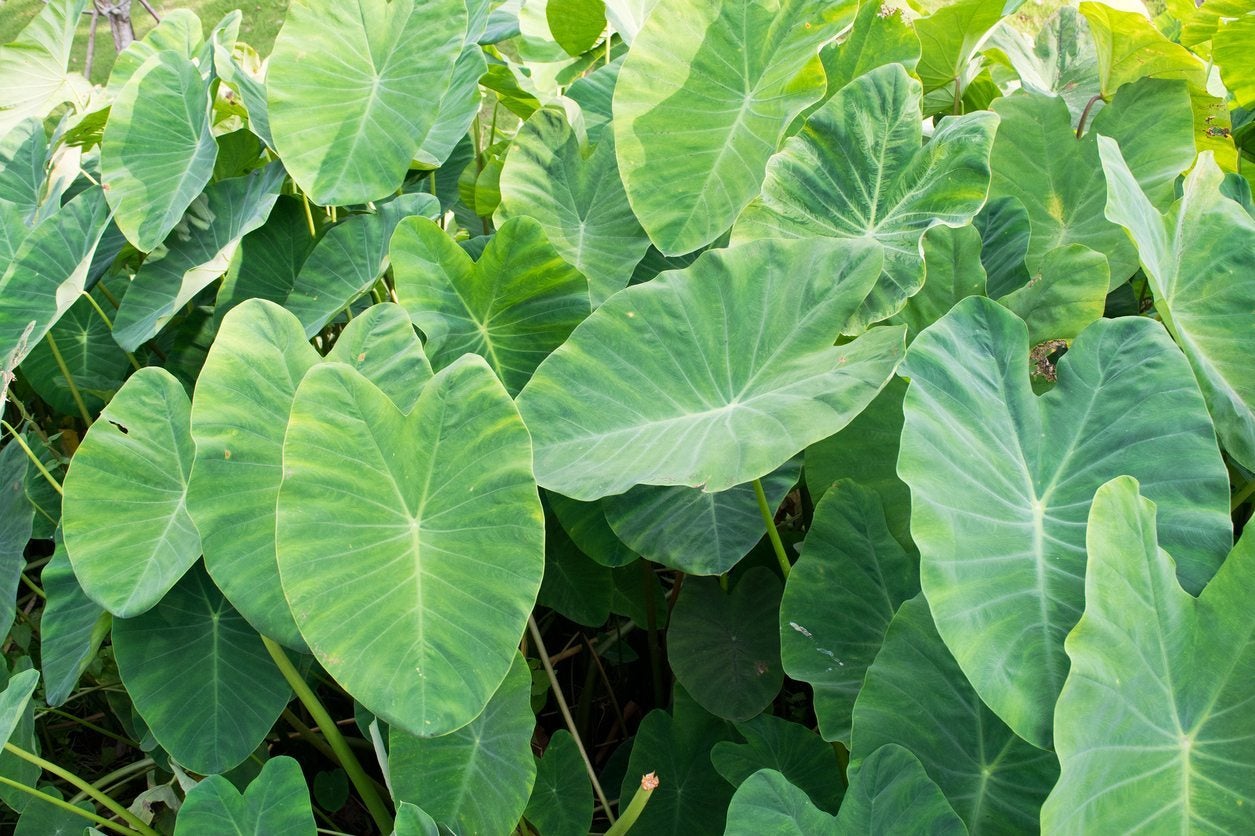 Elephant Ear Plant Disease In Gardens: How To Treat Sick Elephant Ears
Elephant Ear Plant Disease In Gardens: How To Treat Sick Elephant EarsElephant ears are often grown for their huge, robust foliage. The leaves are prone to several diseases which mar this ornamental appeal. There are also diseases that can cause crown and root rot. If your plant has disease symptoms, this article can help.
By Bonnie L. Grant
-
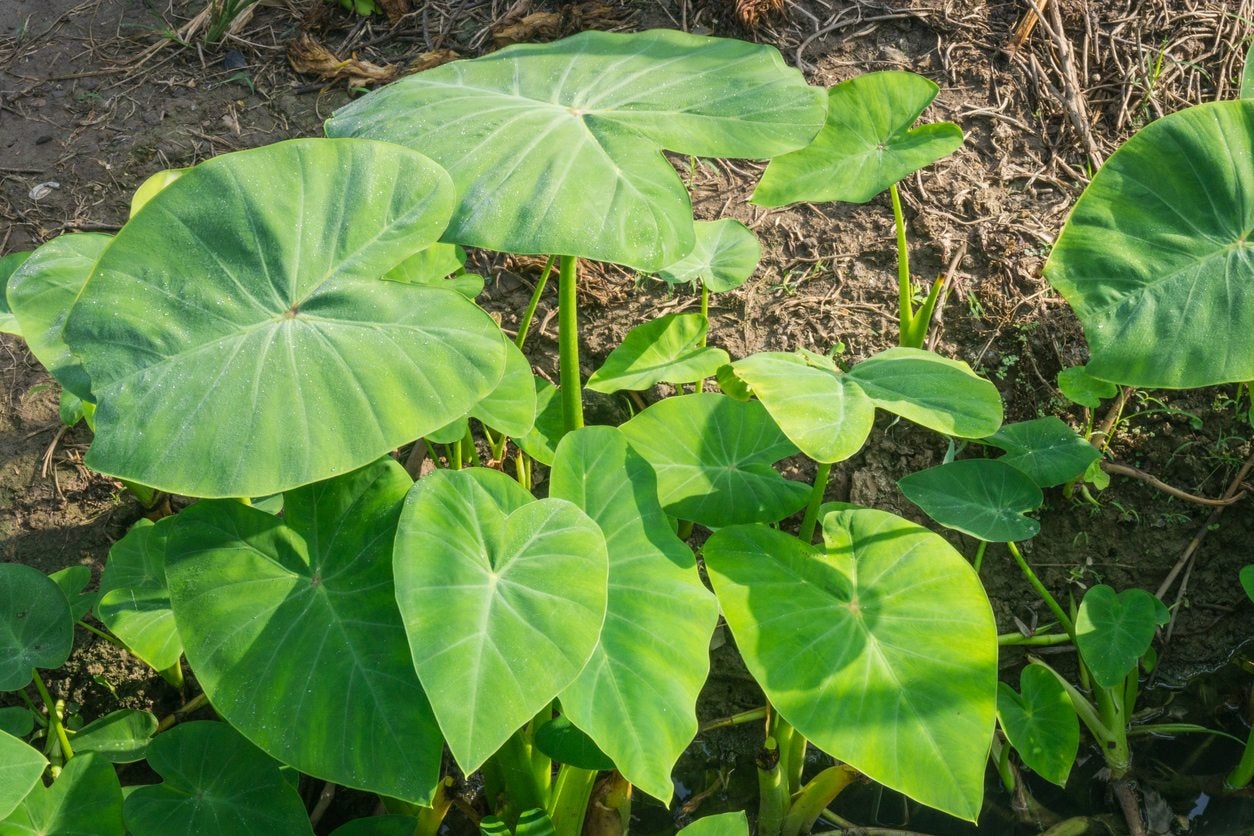 Elephant Ear Control – Ridding The Garden Of Unwanted Elephant Ear Plants
Elephant Ear Control – Ridding The Garden Of Unwanted Elephant Ear PlantsElephant ear plants are most often grown in cooler climates as an annual where they do not become a problem. However, in hot, humid, tropical locations, one little elephant ear plant can all too quickly become a mass of them. How do you get rid of elephant ears? Find out here.
By Darcy Larum
-
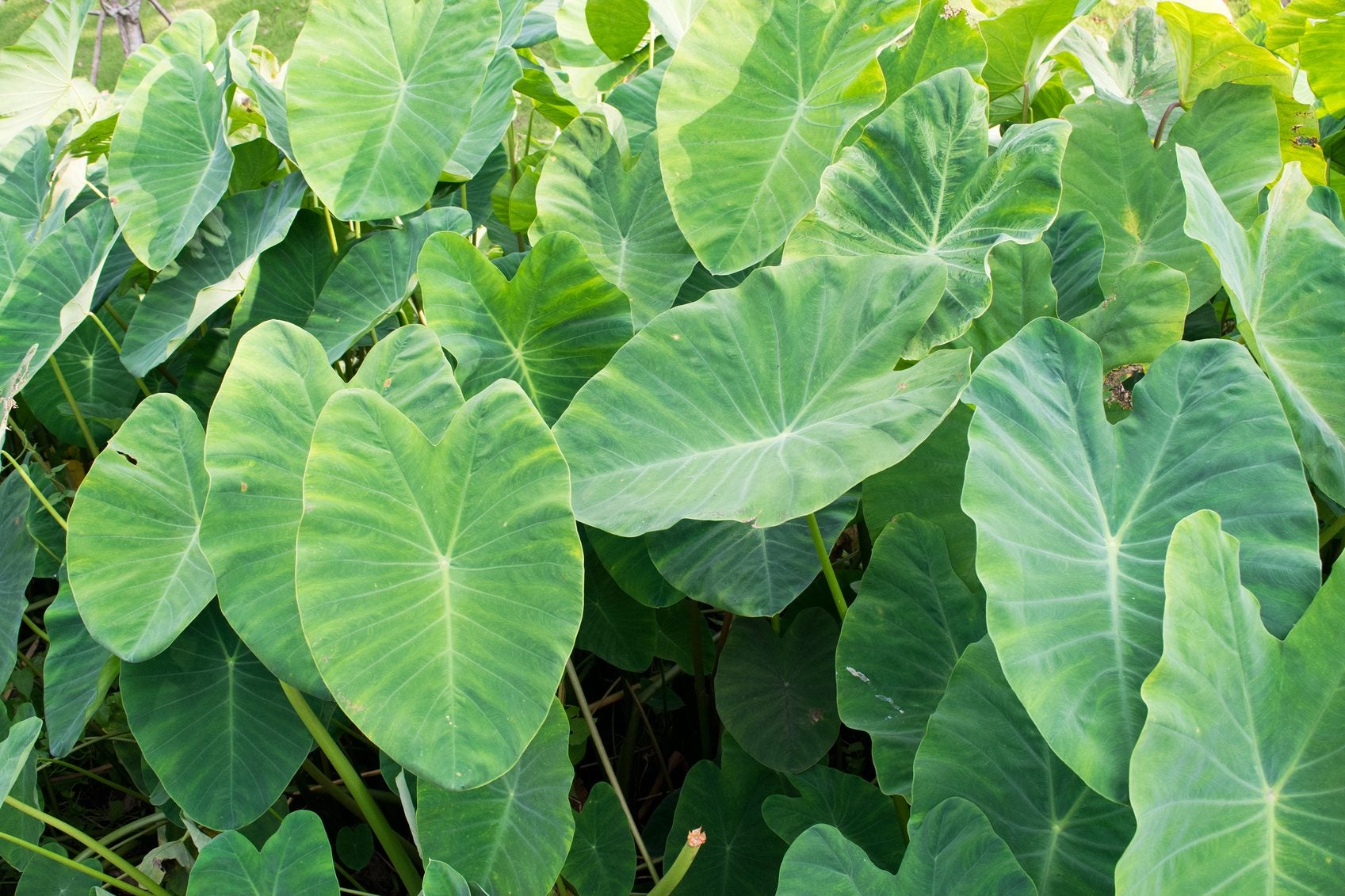 Dividing Elephant Ears: How And When To Divide Elephant Ears
Dividing Elephant Ears: How And When To Divide Elephant EarsElephant ear division is useful to prevent overcrowding, produce more plants in a different location, and enhance plant health. It is important to know when to divide elephant ears to avoid plant injury or poor performance. This article will help.
By Bonnie L. Grant
-
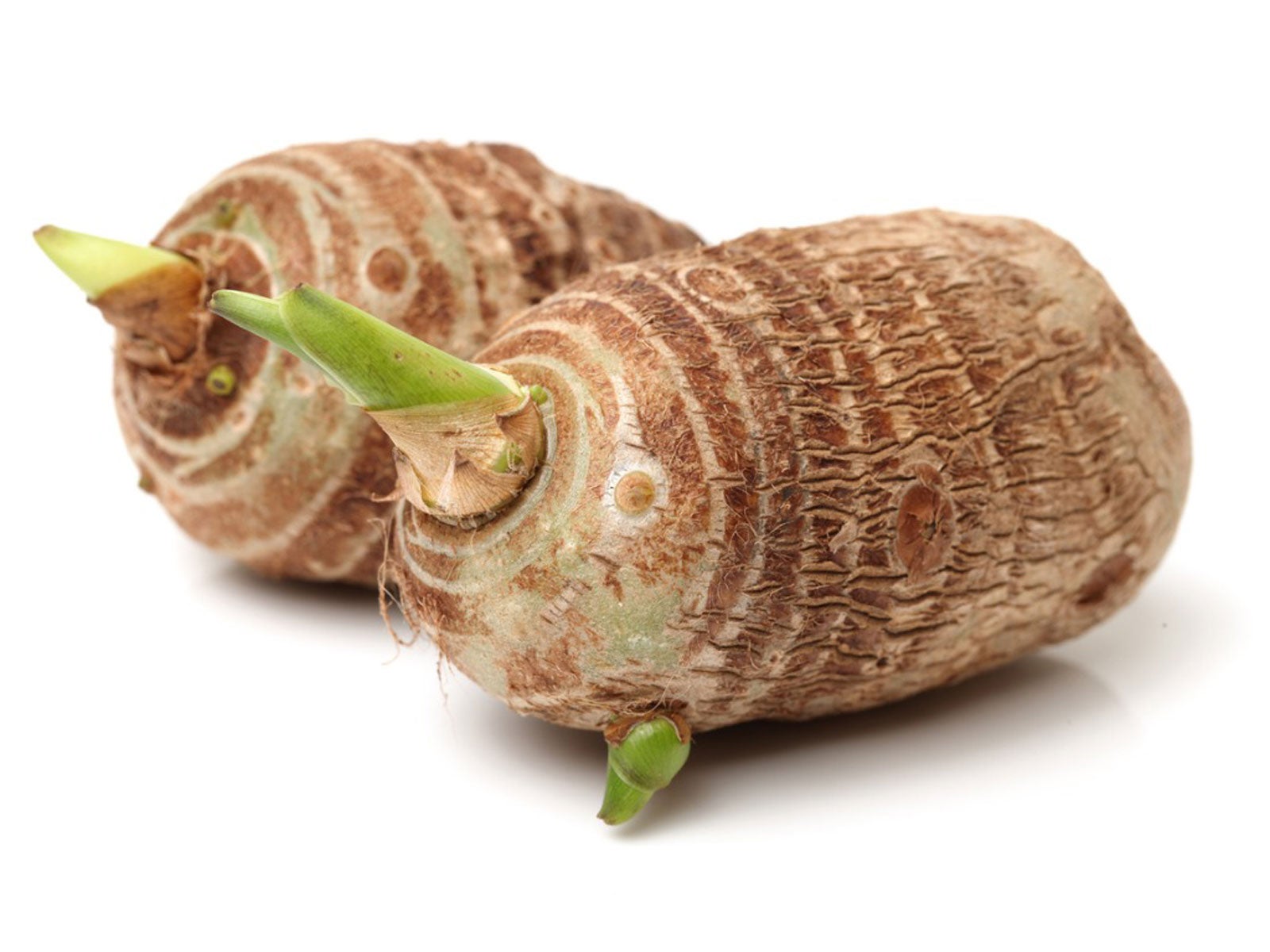 Growing Taro For Food: How To Grow And Harvest Taro Root
Growing Taro For Food: How To Grow And Harvest Taro RootAnother healthier option to the standard potato chip would be growing and harvesting your own taro roots and then turning them into chips. Want to find out how to grow and harvest taro in your own garden? This article will help get you started.
By Amy Grant
-
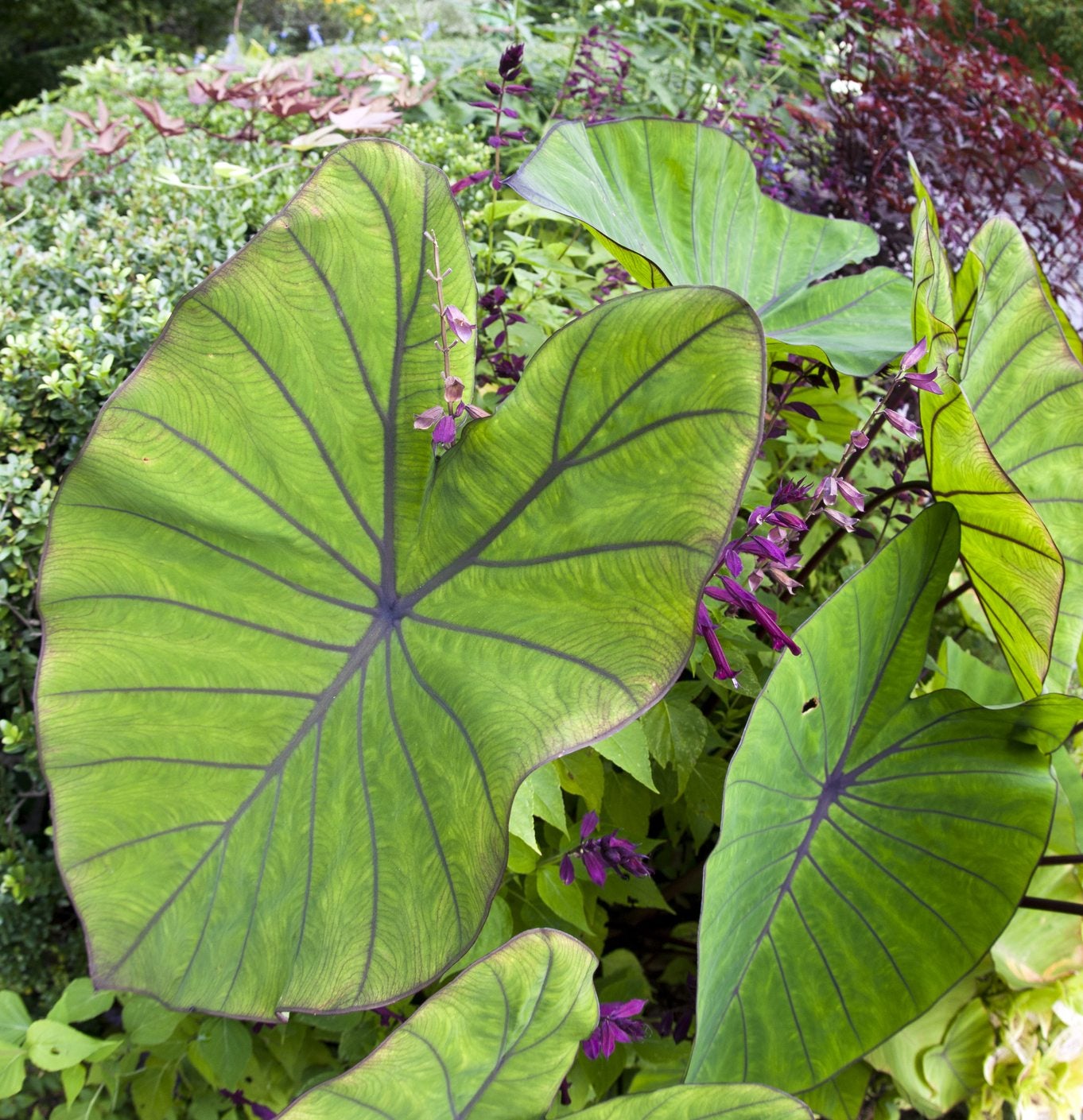 Elephant Ear Plant Types: Learn About Common Elephant Ear Plants
Elephant Ear Plant Types: Learn About Common Elephant Ear PlantsElephant ears are one of those plants whose foliage receives double takes and oohs and aahs. There are different elephant ear plants in four genera available for growing in your landscape. Learn more about them in this article.
By Bonnie L. Grant
-
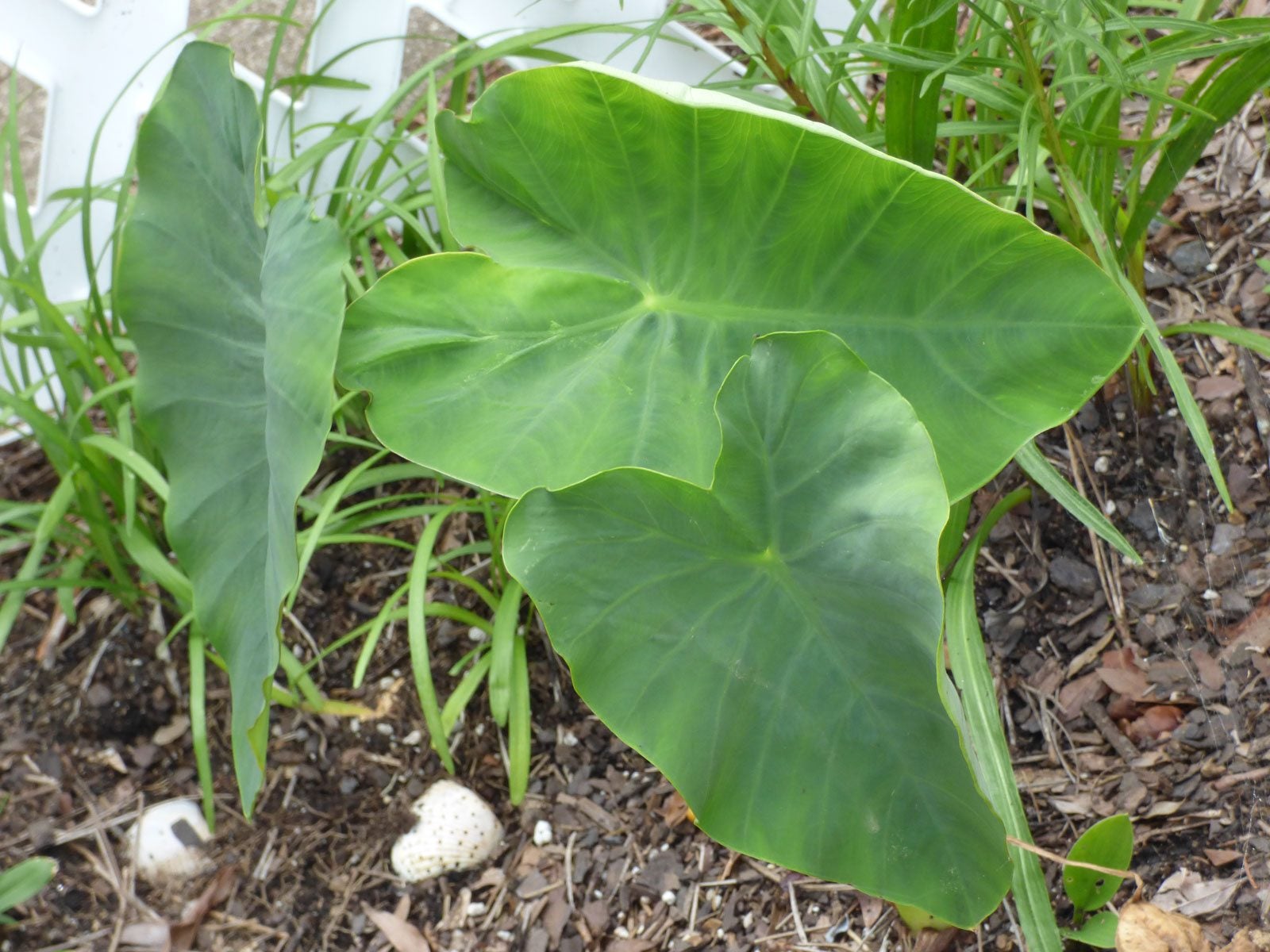 Elephant Ear Problems: What To Do With Elephant Ears Taking Over Garden
Elephant Ear Problems: What To Do With Elephant Ears Taking Over GardenDo elephant ears affect nearby plants? There are no allelopathic properties in the corms, but this can be an invasive plant and the excessive size may pose problems for species that live under the giant foliage. Learn more in this article.
By Bonnie L. Grant
-
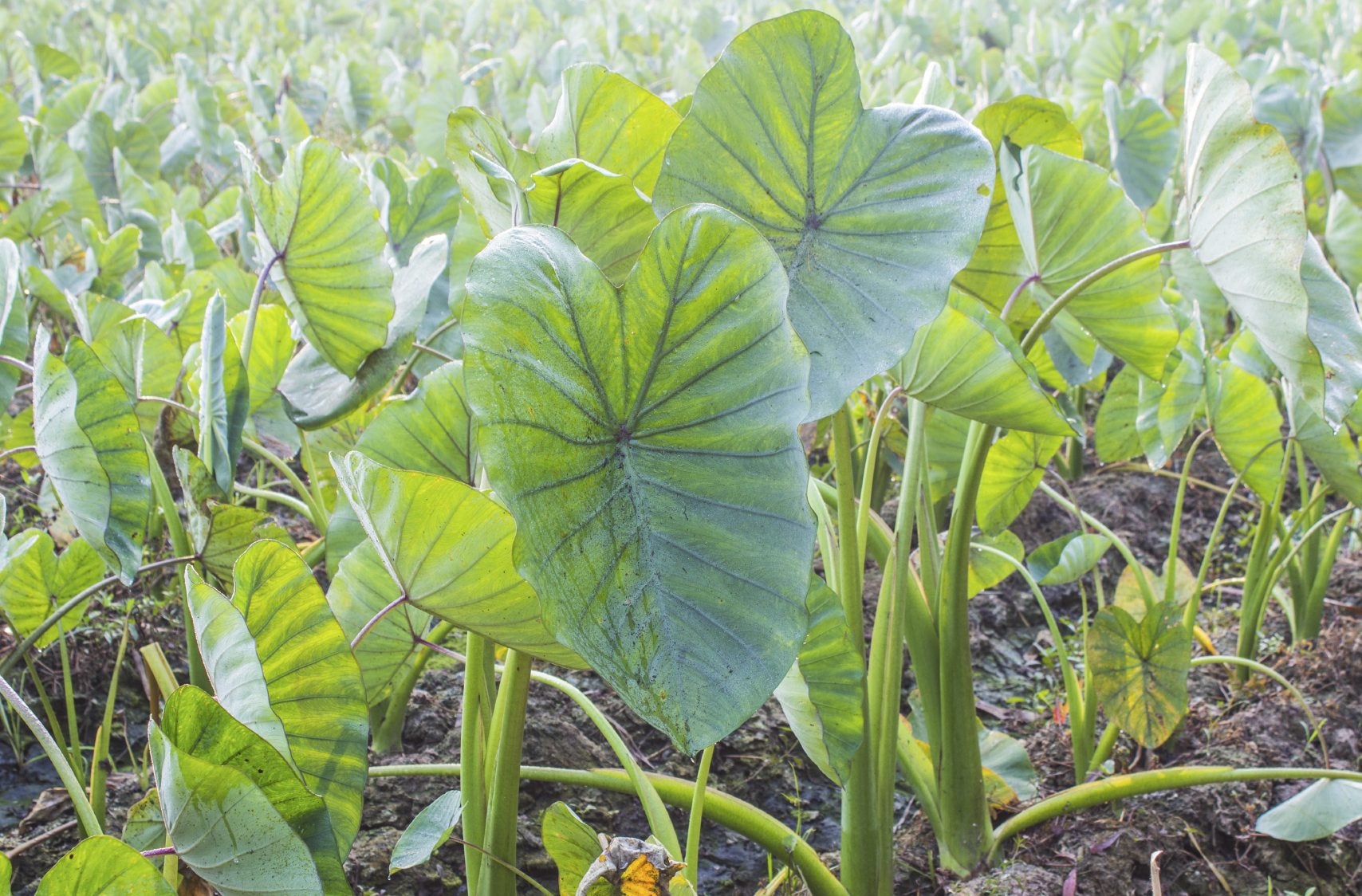 Uses Of Dasheen Plants: Learn About Growing Dasheen Taro Plants
Uses Of Dasheen Plants: Learn About Growing Dasheen Taro PlantsYou probably have already heard of dasheen, just with a different name: taro. Check out this article for interesting dasheen plant info including what is dasheen good for and how to grow dasheen. Click here for more.
By Amy Grant
-
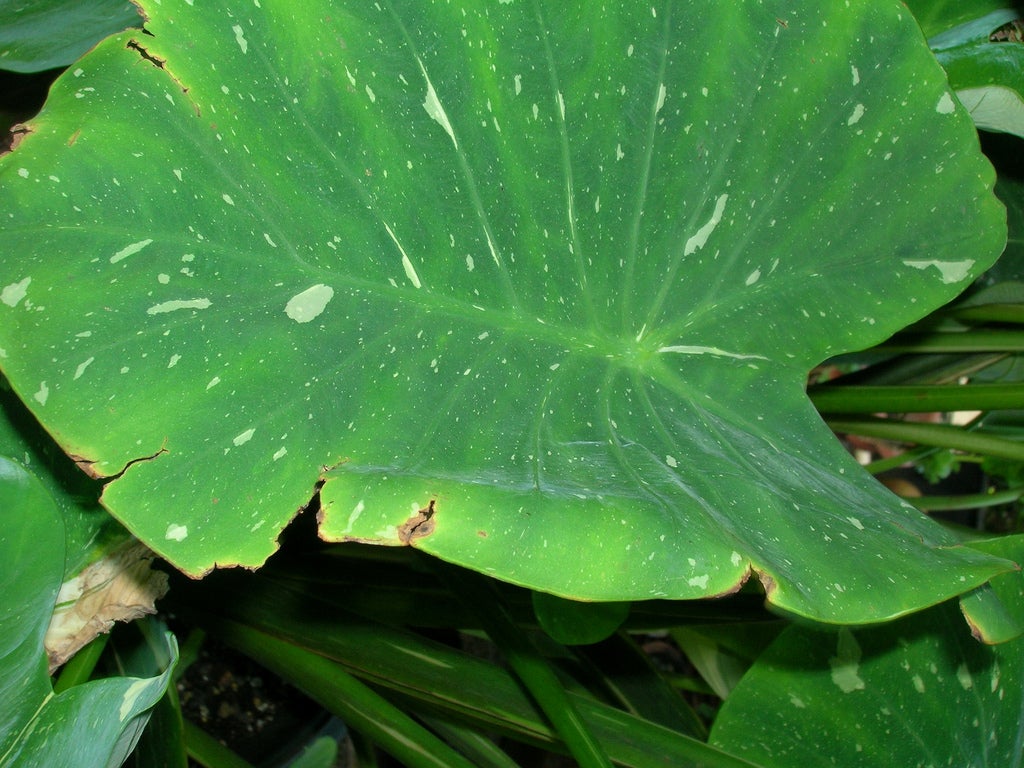 Elephant Ear With Brown Edges: Why Do Elephant Ear Plants Get Brown On Edge
Elephant Ear With Brown Edges: Why Do Elephant Ear Plants Get Brown On EdgeYou can't ask for more visual impact than the large leaved Colocasia, or elephant ear plant. That said, leaf browning on elephant ears is a common complaint. Why do elephant ear plants get brown on edge? Find out in this article.
By Bonnie L. Grant